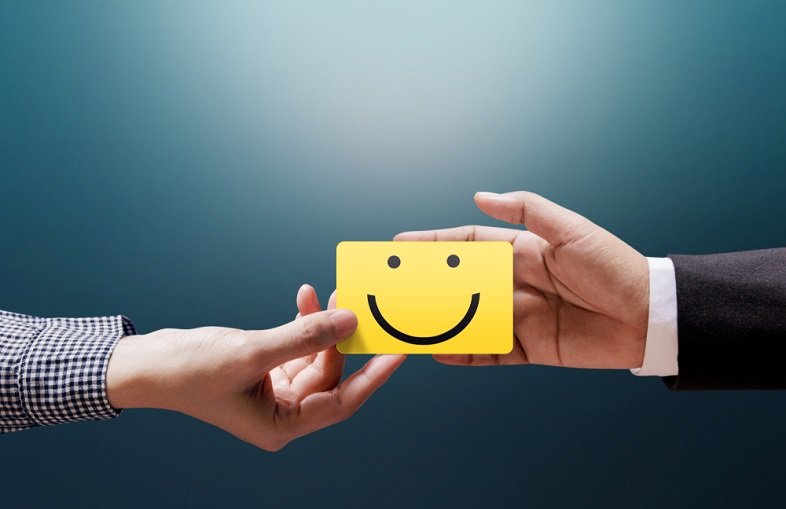CXREFRESH was incorporated to create a global community of CX leaders and thought leaders who will come together to create world class CX strategies for businesses to grow. In our quest to showcase industry leaders and iconic professionals on CXREFRESH, we got a chance to meet Mr. Kashish Ahuja, Chief Experience Officer, Excitel Broadband.
Know how Excitel is transforming CX benchmarks in the competitive ISP domain.
Introduction
Kashish is a part of the core team at Excitel with primary objective of growth & expansion. He is a renowned business leader with 15 years of rich experience in managing various functions & digital transformations across industries. Known for his result-oriented approach, his key strengths are formulating robust strategies, building high performing teams; backed by strong execution focusing on Customer Experience, Value Generation & Cost Optimization. Before Excitel, Kashish held key roles in Customer Experience & Marketing with companies like American Express, Home Credit & Hyatt Hotels.
Excerpts from his interview: Q&A
Q. We see that very recently you have taken up a new job, what is your role now with Excitel?
A. Yes, it’s been a few months since I joined Excitel which is an Internet Service Provider, I am a part of the core team with growth & expansion as our primary objective. From strategy to execution, I am accountable for everything that touches the customer. It’s a new industry for me so there is learning, some challenges & a lot of excitement. At present, I invest most of my time in studying the existing CRM landscape, shaping up essential processes, profiling our customer, understanding their challenges & expectations.
Q. What do you think is great customer experience in today’s age?
A. Customer expectations are ever evolving, there is a shift in customer behavior every now & then. Due to cut-throat competition, we must learn to value customer expectations & consistently adapt. Personalization has become very important, they want you to know their preferences & expect customized interactions (tailor made for them). More & more customers now prefer digital channels to communicate, be it a Mobile Application/website or Social Media, Email/Chat – any company’s Customer Relationship Management needs to be constantly evolving with customer needs in order to stay relevant in the industry.
Q. How do you build a CX strategy?
A. I would do this in three steps – First, use available data from internal sources to understand what your customers feel, identify what triggers dissatisfaction & what they appreciate. Second, draw a customer persona, draft an engaging discussion guide covering all aspects that can help you understand customer sentiment w.r.t. a product/service, conduct some focus groups, personal interviews & digital surveys directly with the customer. Third, stitch it all together to address gaps & expectations, improve processes, arrive at what can be potential wow factors, you could use what they already appreciate about you or innovate using learnings from the research to create these ‘wow factors’ that give you the competitive advantage.
Q. How do you identify the problems in your current CX strategy?
A. In order to measure how good or bad your CX strategy is, one must periodically solicit feedback from customers, could be in terms of Customer Satisfaction surveys or even Net Promoter Score through any digital channel. Though, not too often, else it could irritate your customers but just enough for you to know how your customers feel about your product or service, how they think you are doing right or wrong & you must use these insights to constantly sharpen your CX strategy – this is the most important part of this exercise.
Q. How do you think you can create an unfair advantage in CX in this futuristic competitive business environment?
A. Proactive versus Reactive – Don’t wait for the customer to point out where you’re going wrong, have systems in place that are monitoring your relationship with the customers, even the interactions & based on some predefined internal triggers such as usage patterns & external triggers such as market trends, you can proactively know if something needs to be addressed so you can take immediate corrective steps to recover before you’ve lost the customer.
Q. How is your organization making personalized interactions better during this entire journey?
A. We’re always trying to make it easier for the customer, be it reciprocating each customer’s choice of communication channel, or be it implementing a strong omnichannel CRM system so we can capture details from all previous interactions across touch points, highlight customized offers for customer benefit in order to value & strengthen the relationship. We’re trying to use a lot of data intelligence to build a strong CRM system which enables us to deliver unparalleled personalized experiences.
Q. Why do you think that the CX strategies should not work in silos?
A. Customer Experience cannot be a departmental goal, it must be a culture that is embedded consistently – the very system an organization lives by. In a customer life cycle, they may touch different departments and CX should be a consistent binding force built into the DNA of all employees across the organization in order to ensure seamless customer experience. The team in action – breaking the silos @ Excitel HQ, New Delhi.






